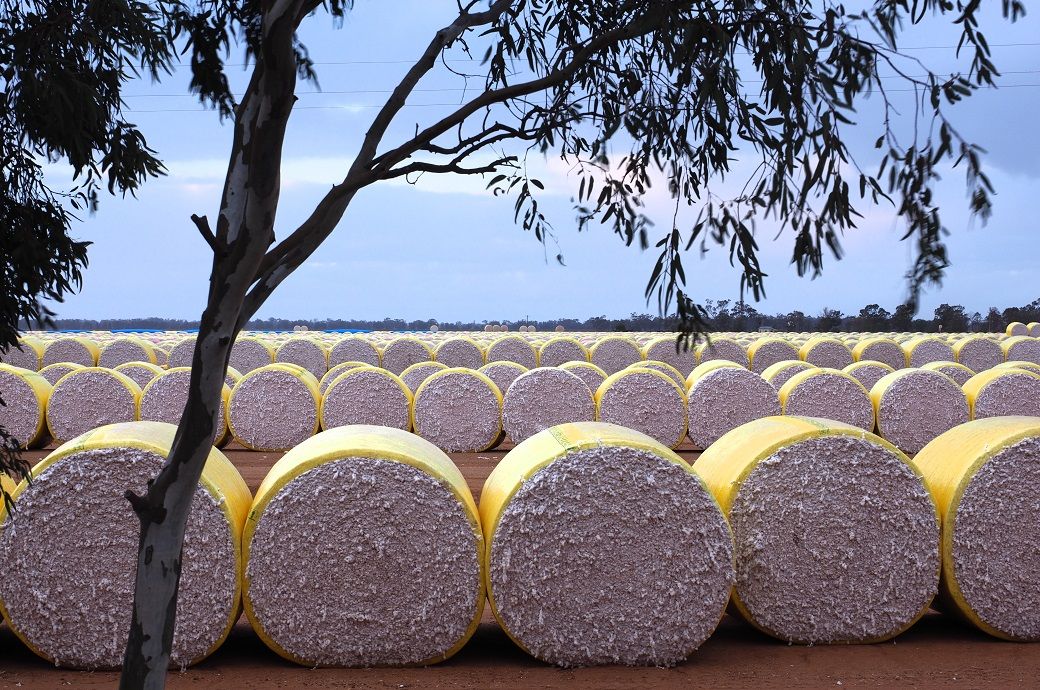
The ministry of textiles issued a notification on February 28, 2023, with a grace period of 180 days. Consequently, the regulations will take effect on September 1, 2023, coinciding with the new cotton season's launch in parts of the country. The new marketing season, however, begins on October 1, 2023, indicating the government's intention to apply the new quality standards to all cotton bales produced in the upcoming crop. These standards will apply to domestic trade, while export-quality cotton will be exempt from the QCO.
The latest cotton bale specifications, revised thrice, stipulate that trash should not exceed 4 per cent in medium and short-staple cotton, including Bengal Deshi. However, certain varieties such as CJ-73, V-797, Kalagin, Waghad, and similar closed boll cotton, can contain up to 6 per cent trash, regardless of staple length. Extra-long staple, long and superior medium-staple cotton may contain up to 3 per cent trash. Moisture content of the ginned cotton in a pressed bale should not exceed 8 per cent upon testing. These specifications also detail other aspects of cotton quality and packaging.
BIS officials have been conducting nationwide meetings to encourage ginners to register and prepare for the standard implementation. They have been attempting to gather basic data from the ginners, but the process has met resistance due to uncertainties and existing challenges. Chetan Bhojani, a ginner from Gujarat, told Fibre2Fashion, "Numerous cotton varieties grown in the country have a very high trash percentage, with some reaching 12 per cent. We lack the necessary machinery to reduce trash and maintain other specifications, and there's no guarantee of higher profits from investing in new equipment."
A representative from the Cotton Association of India (CAI) said the importance of cotton quality standardisation and the industry's agreement to its implementation from prior meetings. However, he acknowledged potential initial implementation hurdles.
Satish Sharma, a Bathinda-based cotton trader, added that the industry is currently ill-prepared for the new standards. Industry experts have suggested that the government may need to delay implementation to prevent disruptions that could negatively impact cotton farmers—an outcome the government cannot afford.
ALCHEMPro News Desk (KUL)
Receive daily prices and market insights straight to your inbox. Subscribe to AlchemPro Weekly!